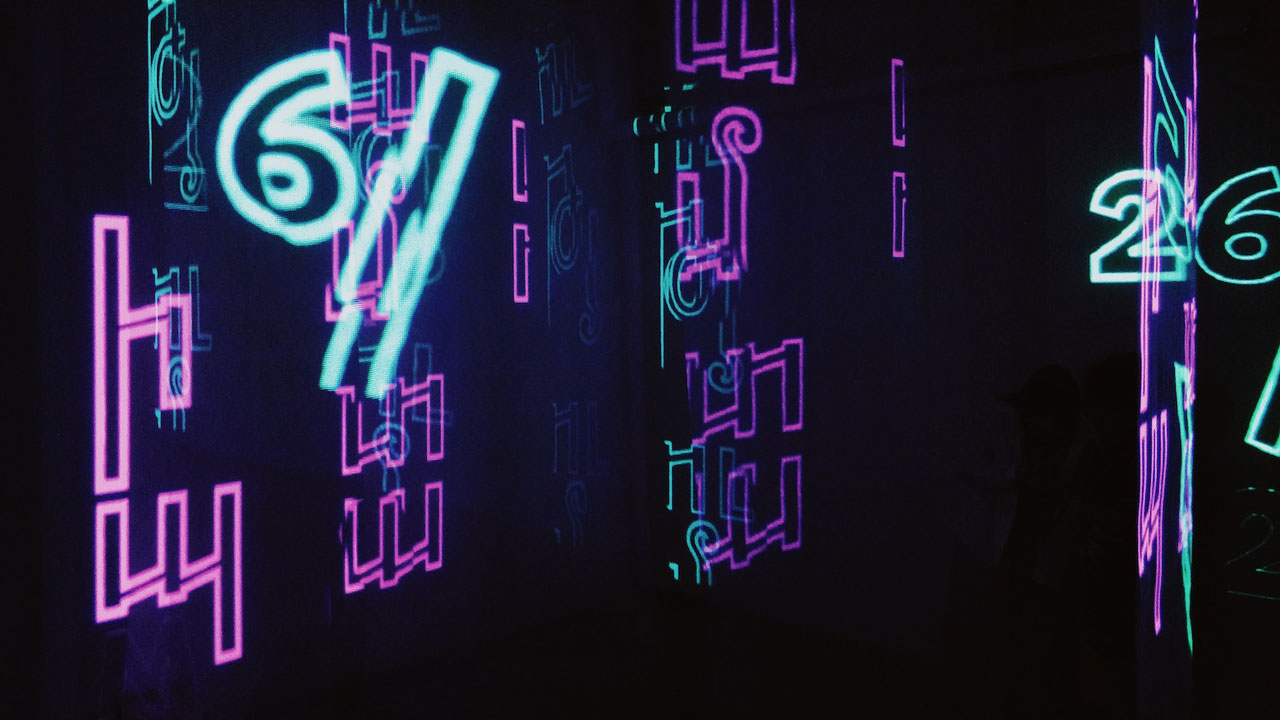AW360 spoke with Chris O’Reilly, Co-Founder of Nexus Studios about the evolution of augmented reality. He introduces the term, “Enhanced Locations,” a term coined by Nexus, and describes how they are the next creative step in marketing, made possible by AR technology.
1. Can you describe what an “Enhanced Location” is?
An “Enhanced Location” is simply any place in the real world that is mapped and ready to be overlaid with hyper-accurate layers of digital content. More than just AR, this is a fully integrated layer of digital 3D content accurately connected with its real-world location with centimeter accuracy and true understanding of the space. Think of it as a new digital platform for content, utilities, and experiences sitting right on top of the real world.
The first locations to be enhanced in this way are stadiums, galleries, cultural sites and other high-value venues that have high traffic and public interest. But, over time, this will become increasingly ubiquitous.
2. What kinds of technologies are involved to create an AR-driven “Enhanced Location?”
There are several technologies involved and subtly different nuanced ways a location can be primed for this digital layer. But, very broadly, the key technologies include Visual Positioning Systems that provide the spatial anchor, computer vision to help your phone understand where it is in that space, and real-time game engines to render the content.
5G is not critical but it is rocket fuel to these types of experiences, as it provides an ability to stream higher-end content including volumetric capture content or play multi-user real-time games with little latency.
3. As AR technology continues to evolve and our perception of the world increasingly alters alongside it, what does this mean for different industries? Can you share a few short examples?
High-value venues like stadiums, museums, expos, and amusement parks are obvious
examples of where we might see this technology initially making an impact. We can create social AR gaming during a half-time interval on the football field. We can enhance a live baseball game with statistics and real-time game data as you watch from your seat. We can direct you to a specific attraction at an event by AR wayfinding. A virtual guide could give you a tour of a city block. Or we can recreate historic scenes and moments in the very places they happened.
It’s also a whole new world for the entertainment industry to unleash their IP. Pokémon Go was first to exploit this, albeit initially with far more rudimentary technology. Expect new types of entertainment experiences that utilize this tech.
4. In the year from May 2018 – May 2019, 1 billion people used AR across Facebook, Messenger, Instagram and Portal. What is it about this medium that lends itself to more vibrant forms of digital expression?
AR is for the most part currently experienced through a phone’s camera. So, it’s no surprise that initial uses of AR have most prospered where people were already using that lens. The tech companies have been fast to see that AR is really powerful as a tool for self-expression.
Instead of sending your friend an Instagram message with words to describe how you are feeling, you can use an AR filter that depicts emotions in a more interactive and fun way. These platforms recognize that users speak through pictures and AR is an incredibly creative tool for personal communication.
5. AR of this scale, to many, is a vision of the future and suggests fascinating ways we’re going to interact with digital environments in years to come. Although for now, it’s likely not without its challenges. What were some you encountered during this process?
Along the way, we have had to solve countless technical challenges since the pipeline for these types of experiences simply didn’t fully exist. This is obviously improving all the time. We also have had to think hard about UX design in completely new ways. You are no longer designing interface for 2D screens but having to consider how to enable people to interact in 3D space while holding their phone. The next challenges are going to be about scaling as we see increasing demand for locations and brands who want to be ready for this next level of digital experience.

